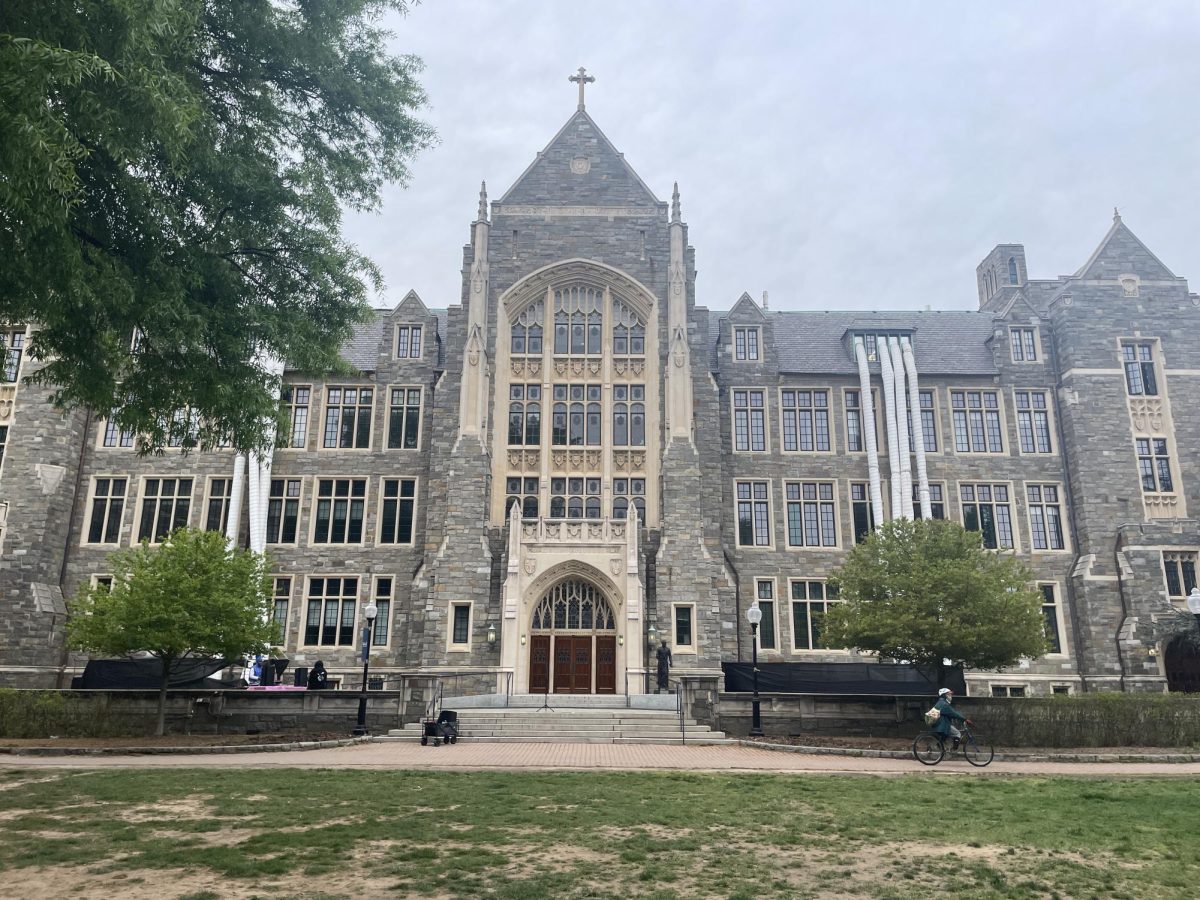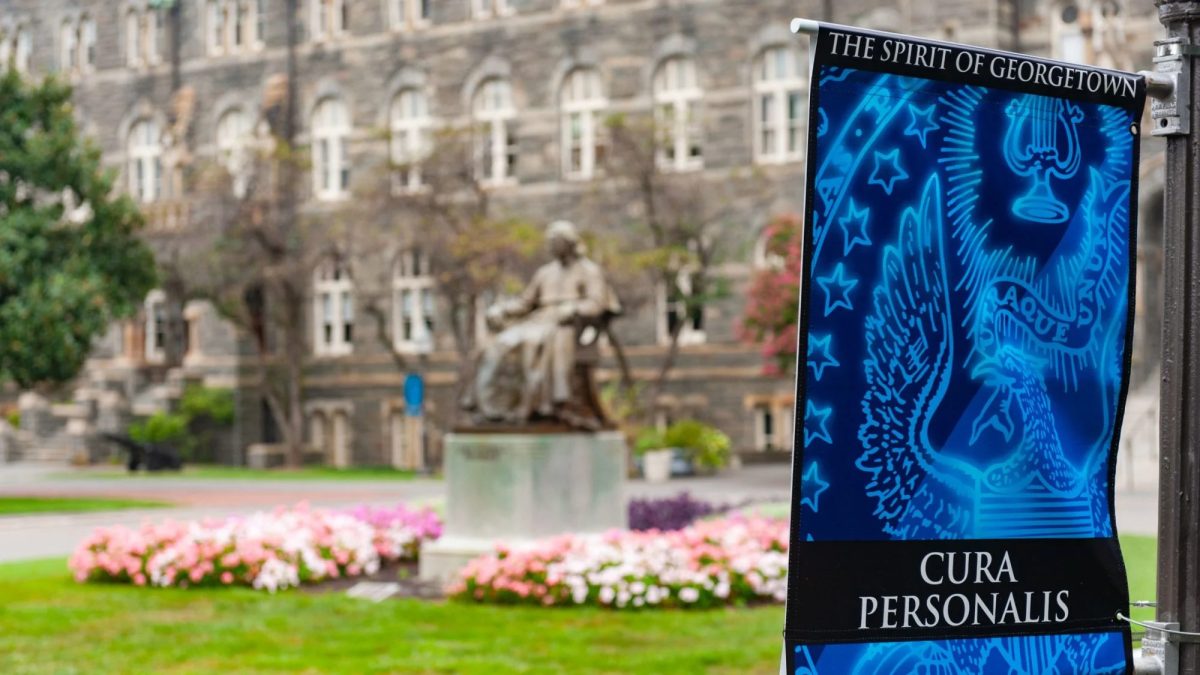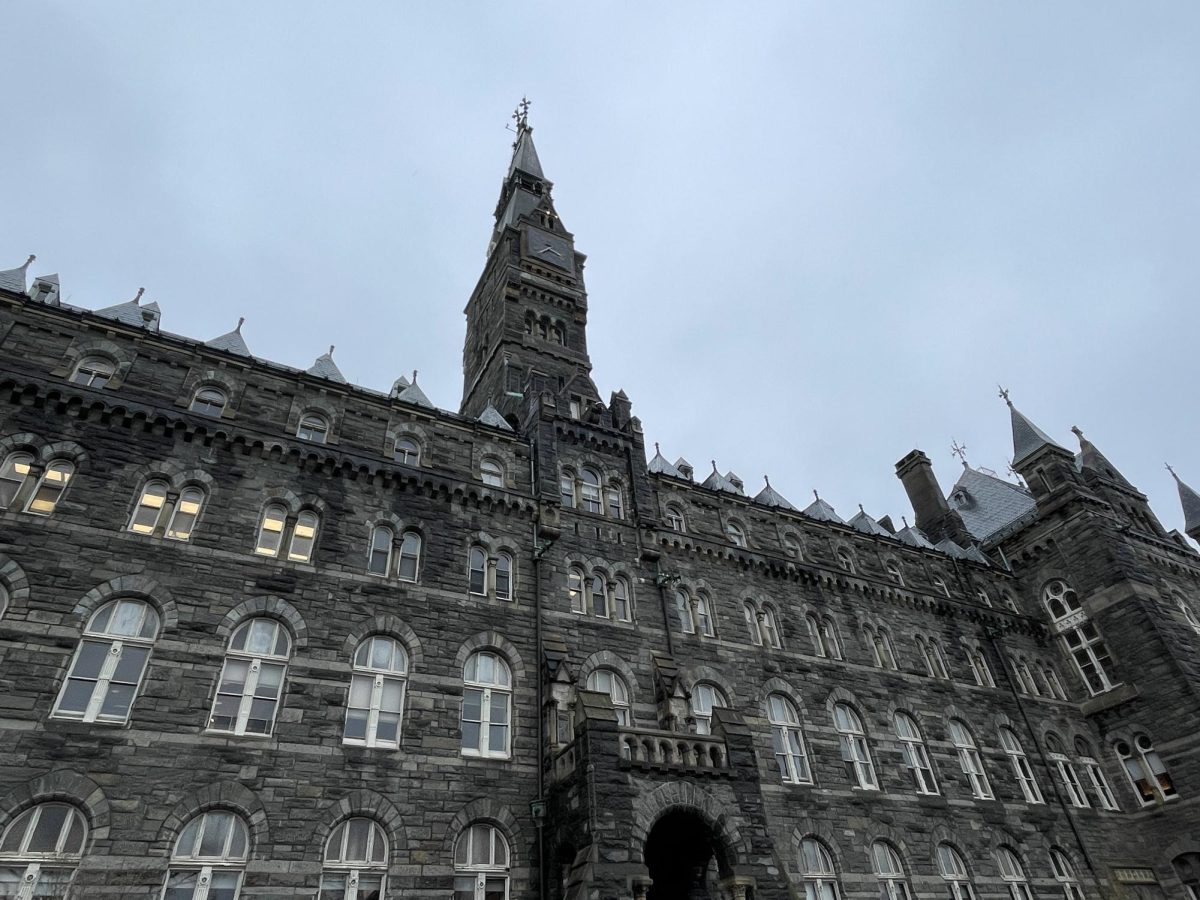Gerrymandering is frowned upon in representative government. Unfortunately, it seems the Georgetown University Student Association has forgotten the basic principles of this breed of political system.
Thursday marks the annual fall tradition of GUSA Senate elections. While upperclassmen usually ignore emails asking them to spare a few minutes and vote online, many freshmen are more than eager to jump into Hilltop politics. Yet those most excited to serve also have the slimmest chance of getting elected. At Georgetown, seats are allocated by residential area, not by class, in a system that discriminates against one quarter of the student population.
The freshmen currently have five senators representing the entire class, with the other classes having 17 representatives among them. Furthermore, while upperclassman districts average one representative per 265 students, freshman dorms average just fewer than 300 students for one senator. Consider the contrast between New South, which boasts one senator for the building’s 387 residents, and Henle Village, which has one senator per 218 students.
Admittedly, freshman representation has always been slightly below that of upperclassmen. But in the fall of 2009, it plunged to a new low with the restructuring of the GUSA Senate. That September, the number of senators was reduced from 35 to 25 in an effort to up the attendance and involvement of individual members. Any residence hall that had more than one senator at the time saw its number of representatives decrease by one. The uneven cuts hit freshman dorms the hardest, with all four seeing diminished representation. Meanwhile, even the smallest upperclassman residence halls managed to keep their single senator.
To add insult to injury, freshman district elections are generally contested, whereas upperclassman districts often have to scramble to find representation. For instance, in the coming election this Thursday, all five freshman races are contested, while only six of the 14 upperclassman senator spots are. Two districts have no candidates running at all. With such high upperclassman apathy for student government, it seems ludicrous for GUSA to exclude its most enthusiastic constituents.
The creation of another at-large seat — comprising students from Darnall, New South and Village C West — would be the most efficient way to equalize representation (since students in Harbin Hall have better representation, with one seat per 218 students, they do not need an additional representative.) With this new at-large seat, students in these three dorms would have four senators, or one per 255 students. Such a move would bring their representation in line with the non-freshman average of 265 students per on-campus senate district.
This problem of unequal representation could have easily been foreseen two years ago when the restructuring measure passed. That it was not — and that no efforts have been made to correct the inequities in the current system — is rather unsettling. For all the noise that GUSA has made regarding student representation in the Advisory Neighborhood Commission, it seems that they have made a rather large oversight at home on the Hilltop.
The GUSA Senate is responsible for many positive changes on campus, but it cannot continue to work under an intrinsically flawed model. If GUSA wants to be acknowledged as a legitimate institution representing the entire student body, it must stop gerrymandering for its own sake — and more importantly for the students it claims to represent.












